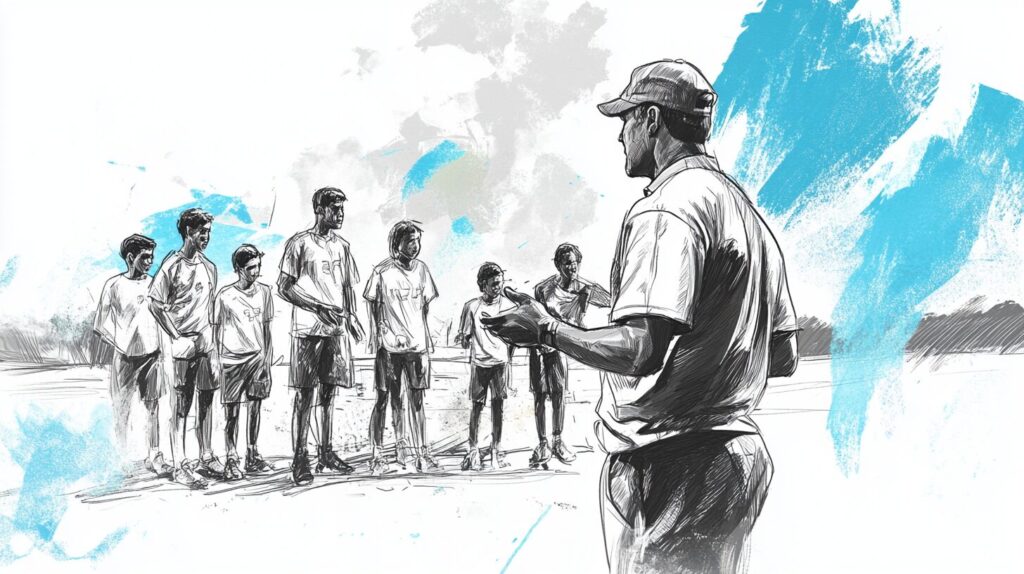Most creators don’t do competitive analysis.
Not because they don’t care—but because it sounds like homework. Something for MBA grads or Fortune 500 strategists. Not podcasters. Not designers. Not DIY builders with a Stripe login and a vision board.
But that’s the mistake.
Because competitive analysis—done right—isn’t about tracking the competition.
It’s about listening for what your audience is telling you… through the choices they make.
And the sharper your ear?
The more leverage you have.
You’re already Competing
Not just for attention, but for belief. For trust. For behavior.
And your competitors? They’re not always who you think.
If you run a coaching business, your competition might be a YouTube playlist and a friend’s advice over drinks.
If you’re building a product, your biggest competitor might be… doing nothing.
So this work isn’t about paranoia or trying to steal secrets by spying on your neighbor.
It’s about pattern recognition.
Seeing how your audience compares, chooses, and clicks—so you can meet them where they actually are, not where you wish they were.
Common Tools Reimagined for Creators
Let’s take a few dusty frameworks and make them useful:
SWOT Analysis: The 4-Way Mirror
- Strengths → What your audience loves about you
- Weaknesses → What they wish you’d fix
- Opportunities → What your competitors get wrong that you could get right
- Threats → What your competitors nail that you haven’t figured out yet
Tip: Don’t guess. Listen. The most powerful SWOTs use the customer’s point of view, in addition your own.
Porter’s Five Forces: The Weather Map
Use it when you need to understand the pressure systems shaping your market:
- Who’s entering your space?
- Who controls pricing or access?
- What’s the next best substitute experience?
- Where’s the tension between providers and buyers?
Think of this exercise like scanning for storms before you set sail.
PEST: The Seismograph
Pest–Political, Economic, Social, Technological.
Zoom all the way out:
- Political: Policy shifts. Copyright rules. Platform regulation.
- Economic: Consumer confidence. Disposable income. Ad budgets.
- Social: Cultural winds. New values. Shifting norms.
- Technological: AI tools. New platforms. Algorithm changes.
The goal? Make sure you’re not building your creative house on a fault line.
The Secret Weapon: Voice of the Customer (VOC)
Most folks using the frameworks above miss the secret sauce of competitive analysis.
They focus on what competitors are doing—not what their customers are saying.
And that’s where the gold is.
You want to hear the friction:
- “I love this show, but I wish the episodes were shorter.”
- “I wanted to buy, but the checkout felt sketchy.”
- “This course looks cool, but I couldn’t tell if it was for me.”
Now add AI into the mix. You can synthesize reviews, comments, threads, and keywords into a clear picture.
Your mission? Build a VOC/SWOT:
- What your people love → Strengths
- What your people want fixed → Weaknesses
- What their people hate → Opportunities
- What their people rave about → Threats
That’s not guessing.
That’s real-time empathy—turned into strategy.
Why This Matters to Builders
If you’re building anything—an audience, a product, a business—this isn’t about playing defense.
It’s about being intentional with your positioning.
Sharper with your messaging.
Clearer about what makes you matter.
Competitive analysis isn’t about copying what’s out there.
It’s about understanding why people choose what they do—so you can build something they didn’t even know they were missing.
Strategy isn’t some abstract luxury.
It’s the scaffolding that helps your creativity hold weight and last.
And a smart competitive analysis?
It’s how you stop playing whack-a-mole with your energy and effort, and start playing chess with your vision.
You’re not here to be like what’s out there.
You’re here to be better—by listening more closely to what your people actually need.
Try This:
Spend 30 minutes mapping a simple VOC/SWOT.Just pick one competitor and one audience source (reviews, comments, threads).
Then ask: What don’t they have, that I could offer?
You might be one insight away from your next breakthrough.
If you enjoyed this post, please consider sharing it with someone else–the buttons below can help.
Thank you!




